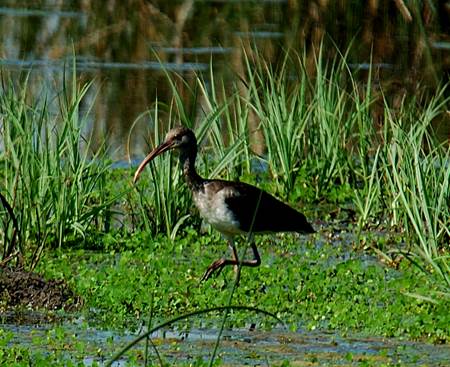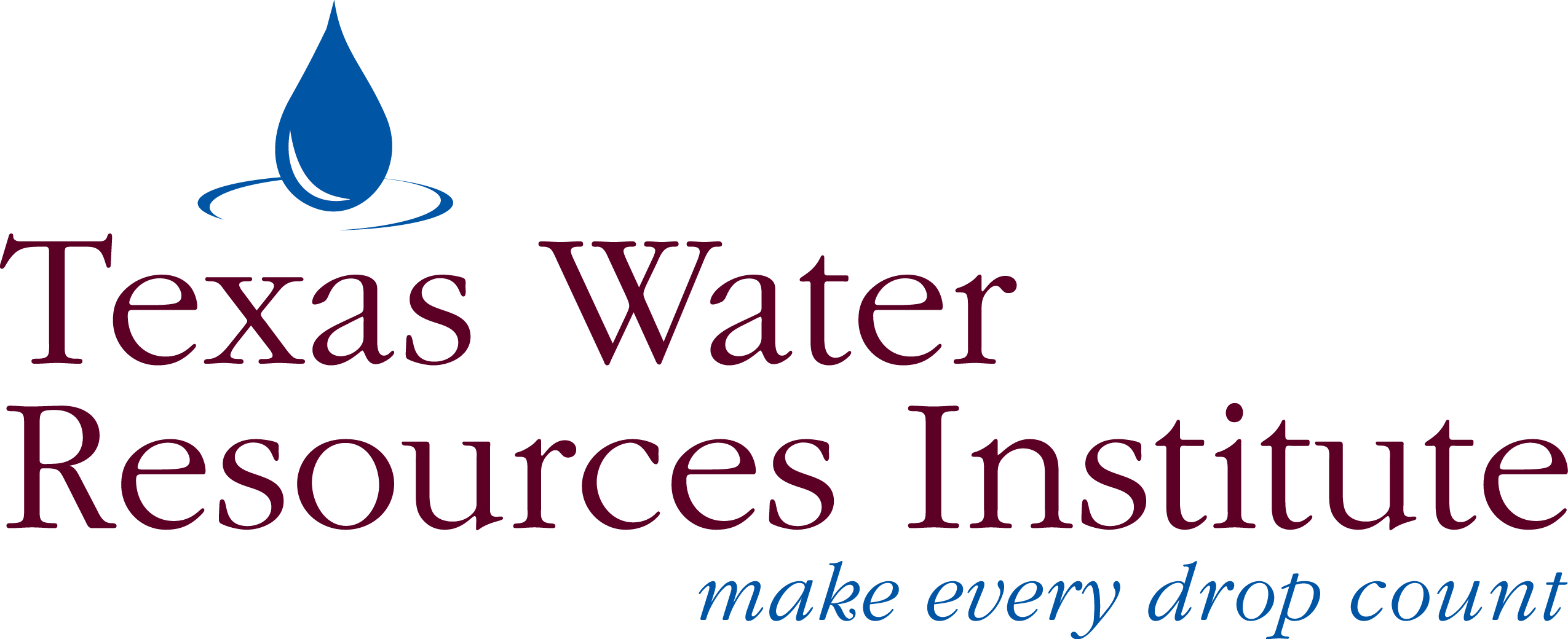Estimated reading time: 5 minutes
Two North Texas water districts utilize wetlands to help meet growing water demand
More Information
- East Fork Water Reuse Project website
- John Bunker Sands Wetland Center website
- George W. Shannon Wetlands website
- How to build over 4,000 acres of wetlands from scratch – TWRI
- Wetlands: Water’s original filter – TWRI
- Playas: Refilling the Ogallala Aquifer? – TWRI
- Across Texas, diverse wetlands are benefiting Texans -- and facing threats – TWRI
- Partners transform abandoned wastewater treatment ponds into coastal wetland habitat – TWRI
- Land use and climate changes are throwing estuaries off balance – TWRI
- Breaking barriers – TWRI
- Disappearing habitat – TWRI
Want to get txH20 delivered right to your inbox? Click to subscribe.
As Texas grows in population, the need for alternate water supply sources grows with it. The Dallas-Fort Worth metroplex has experienced a large increase in new residents and is projected to gain even more in the next decades.
For the North Texas Municipal Water District (NTMWD) and Tarrant Regional Water District (TRWD), part of the solution to meeting these increased water demands is manmade wetlands.
TRWD operates the George W. Shannon Wetlands Water Reuse Project in partnership with the Texas Parks and Wildlife Department (TPWD). At 2,200 acres, the facility is located at the East end of Richland-Chambers Reservoir.
76 miles to the northwest, the East Fork Water Reuse Project is operated by NTMWD on the East Fork Wetlands.
“For us, one of the key things is that the river is dependable because you’re always going to have people using water that then goes into the river,” said Darrel Andrews, director of the Environmental Services Division at TRWD. “Unlike reservoirs that are dependent on rainfall, water is always going to be coming down the river, so its resiliency is of the utmost importance for us.”
These wetlands are part of the water reuse cycle, the practice of reclaiming water from a variety of sources, treating it and reusing it for beneficial purposes, according to the EPA.
How the system works
Both water districts use the Trinity River as their wetlands’ source.
“TRWD captures the water that hits these watersheds and pumps that water back upstream, uphill into the metroplex and it gets used.” Andrews explained, “It gets sent to a wastewater treatment plant and cleaned, and then it goes back to the river, then flows all the way back down close to the two reservoirs and the wetlands.”
The wetlands play a crucial role by cleaning out high sediment and nutrient loads from the river that could pose issues to the health of the reservoirs.
A sedge of egrets in the George W. Shannon Wetlands. Photo courtesy of Darrel Andrews, TRWD.
“High sentiment loads are going to fill the reservoirs up faster,” Andrews said. “The quality issue is called unification; it’s the process of the reservoir getting older and things like algae blooms make it harder to treat the water for our customers.”
Being able to reliably pull water from the Trinity River also helps ease the stress from potential drought conditions.
“In the water world, we plan for a drought of record scenario when we plan for water supply,” said Galen Roberts, NTMWD director of water resources. “We use the term reliable supply when referring to the volume of run-of-the-river supplies we can reliably divert in a drought of record scenario.”
NTMWD estimates that they can divert around 45 million gallons per day out of the Trinity’s East Fork in a drought of record scenario, he mentioned.

History of the George W. Shannon Wetlands
“We began to look at wetlands in 1992, and it was really an unknown technology,” Andrews said.
TRWD tested the proposed wetland-based water reuse system on a smaller, two-and-a-half-acre property for eight years to ensure that it would work. Once the wetlands proved a success, they went to the TPWD to collaborate and scale up the project.
“We went to them and said, ‘Hey, we want to do this on a bigger scale. We’d have room on your wildlife management area. Could we enter into an agreement with you guys that would benefit both of us?’” Andrews said.
Using the 5,000-acre property that TPWD operates next to Richland-Chambers Reservoir, construction began on creating the manmade wetlands system, and it was completed in 2013.
The project now produces around 190 million gallons of water a day.
TRWD plans to develop a new manmade wetlands water reuse system in Cedar Creek, Andrews said.
Stages of the water reuse cycle at the East Forks Water Reuse Project. Photos by Cameron Castilaw, TWRI.
Origins of the East Fork Water Reuse Project
The vision for NTMWD’s manmade wetlands took shape over the course of decades, starting in the 1980s with the original landowner, John Bunker Sands. He envisioned a wetland system with the complementary goals of providing nesting and wintering habitat for migratory birds and conserving water.
The East Fork Water Reuse Project eventually began in 2004 through a public-private partnership between NTMWD and John Bunker Sands (i.e. the Rosewood Corporation). The project opened for operation in 2009 and is now the largest manmade wetland in the United States.
“We the district were, in the years leading up to that, looking for additional water supplies; we were growing quickly,” Roberts said.
A common contact brought the namesake of the wetlands, John Bunker and NTMWD together to create and design the wetland system. The partnership also led to the establishment of the John Bunker Sands Wetland Center; an independent non-profit organization located in the heart of the East Fork Wetlands.
Final stages of the water reuse cycle at the East Forks Water Reuse Project. Photos by Cameron Castilaw, TWRI.
Why manmade wetlands matter
Conservation and education are important parts of both wetlands, with different approaches.
“Because the property that we built the wetland on is owned and managed by Parks and Wildlife, of course, they’re going to allow hunting and other types of recreation on the property,” Andrews said.
The public is also able to visit the John Bunker wetland and its visitor center offers outreach and education. Having access to these properties and hands-on learning experiences with wetlands helps people understand the importance of such projects for ensuring future water resources.
“People turn on the tap, and it’s just there,” Andrews said. “And so, it’s a resource that is really important, but until you understand where it’s from, and you really get an idea that it’s a limited resource, it's easy to take for granted.”
As Texas continues to grow, manmade wetlands and water reuse projects like these offer one way to meet growing water demand in creative, environmentally beneficial ways.
“There’s no silver bullet strategy out there,” Roberts said. “It’s going to take a combination of strategies to continue to meet the needs of the state and the needs of North Texas in terms of our supply, and reuse is a critical part of that strategy. Innovative strategies like reuse and conservation are going to continue to be a cornerstone of the water supply strategies for North Texas Municipal Water District and increasingly for others around the state.”
East Fork Wetlands. Photos by Cameron Castilaw, TWRI.
“NTMWD ultimately purchased the property outright, but as part of the design process and conceptualizing, we not only thought about water supply and the function of the wetlands but also having it to leverage it for education and outreach purposes,” Roberts explained. “That’s what led to the creation of the John Bunker Sands Wetland Center.”
The system pumps water from the East Fork of the Trinity River into the wetlands, and after water makes its way through the wetlands, it is pumped through a 42-mile pipeline to Lavon Lake.
“It takes approximately 11 days for the water to travel through the wetlands,” Roberts said. “During that time, plants, sunlight and natural processes treat the water and improve the quality of the water before it is pumped to Lavon Lake and subsequently used for drinking water supply.”
Explore this Issue
Authors
Cameron Castilaw is a communication specialist at the Texas Water Resources Institute. She works with the communications team to create social media content, write for TWRI’s various platforms and print projects, and find new ways to inform people of TWRI’s mission and programs.












